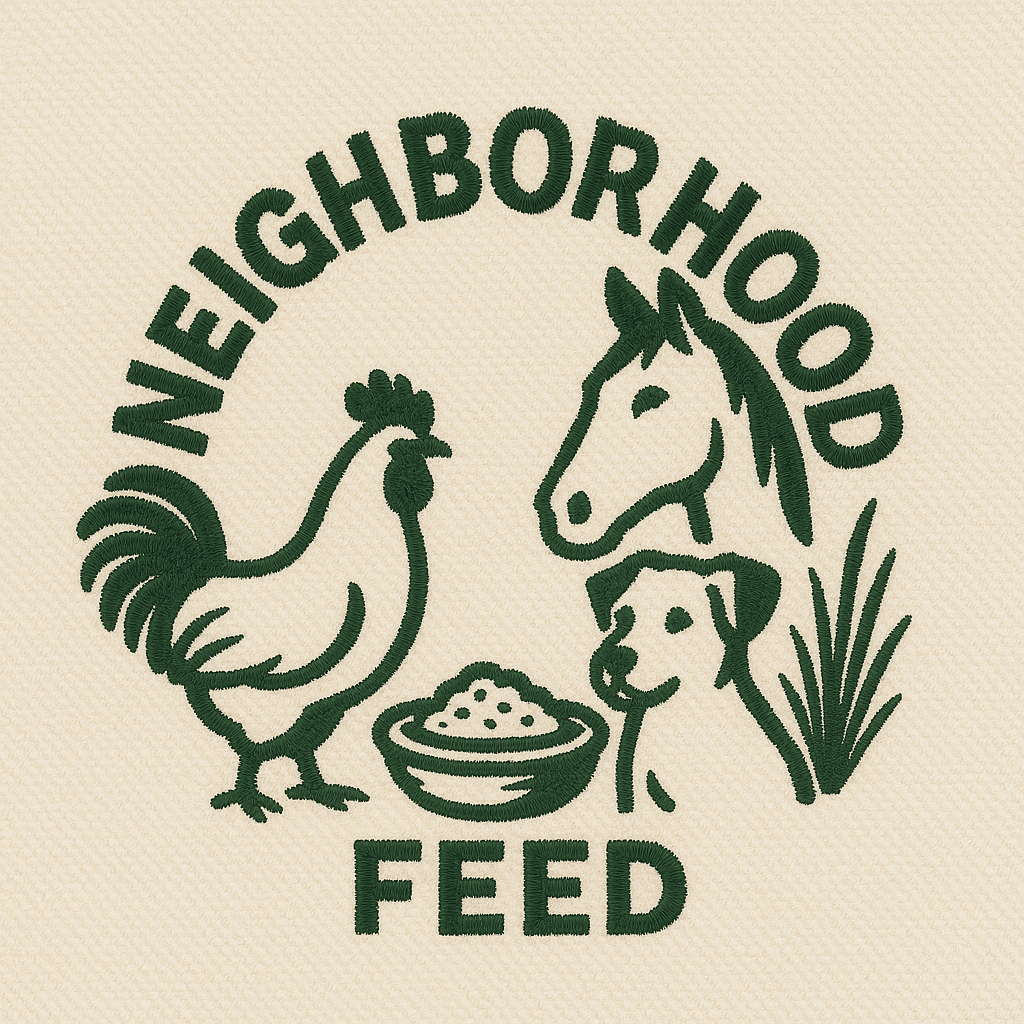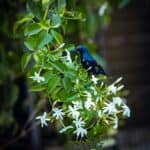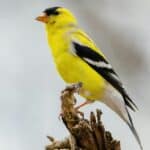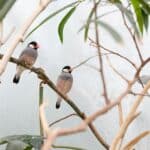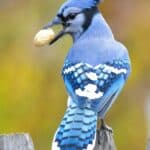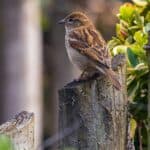Feeding wild birds is more than just a hobby—it’s a way to invite nature into your backyard and support local wildlife. By offering the right types of birdseed, you can attract a diverse array of birds and create a vibrant ecosystem right at home.
Why the Right Birdseed Is Important
Choosing the proper birdseed is essential for several reasons. The right seed provides the nutrients wild birds need, especially during the colder months when natural food sources are scarce. Seeds high in fats, proteins, and vitamins help birds maintain energy and stay warm throughout winter. Beyond nutrition, different bird species have unique dietary preferences. Small finches might thrive on tiny, oily seeds, while larger birds prefer seeds that require a bit more effort to crack open.
Using high-quality birdseed ensures that your feeders become a reliable food source for the birds. When you cater to the needs of local species, you encourage a diverse and active bird population. Moreover, selecting the correct seed can help reduce waste and even deter unwanted visitors like squirrels. Ultimately, thoughtful birdseed selection sets the stage for a healthy, engaging, and beautifully diverse backyard bird feeding station.
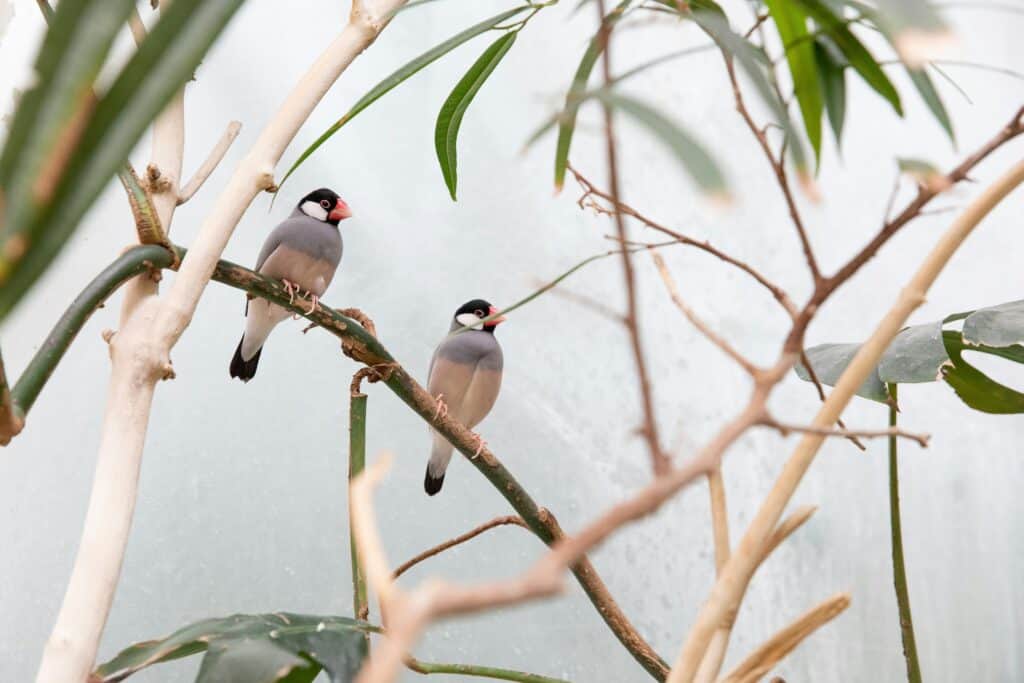
Overview of Common Types of Birdseed
Black Oil Sunflower Seeds
Black oil sunflower seeds are among the most popular birdseed choices for a reason. They have a high oil and fat content that provides a rich energy boost, particularly important during winter months. Their thin shells make them easy for birds to crack open, which is why you’ll often find species such as finches, chickadees, and cardinals eagerly flocking to feeders filled with these seeds.
Because of their nutritional benefits and universal appeal, black oil sunflower seeds are a great all-around option. They work well in a variety of feeders, including tube and platform styles, making them a must-have in any bird enthusiast’s supply kit.
White Sunflower Seeds
White sunflower seeds are similar to black oil seeds in many ways but offer a slightly different appeal. Their tougher shells attract birds with stronger beaks, such as jays and woodpeckers. While they may not be as energy-dense as black oil sunflower seeds, their robust texture and taste provide variety for birds that might prefer a different feeding challenge.
Many bird enthusiasts choose to offer both black oil and white sunflower seeds in their feeders. This combination caters to a broader spectrum of birds, ensuring that both small, delicate species and larger birds can enjoy a nutritious meal.
Nyjer (Thistle) Seeds
Nyjer seeds, also known as thistle seeds, are tiny and slender with a high oil content, making them a favorite for many small birds. Finches, including goldfinches, siskins, and redpolls, are particularly attracted to nyjer seeds. Because of their small size, these seeds require specialized feeders that have fine ports to prevent the seeds from spilling out.
When you set up a dedicated nyjer feeder, you often create a concentrated feeding area that draws in a lively flurry of small birds. Observing the fluttering activity of these finches can add a charming dynamic to your backyard, making every bird feeding session a delightful experience.
Safflower Seeds
Safflower seeds offer a distinct taste that many birds find appealing, including cardinals, titmice, and some finches. One of the biggest advantages of safflower seeds is that they are less attractive to squirrels. If you’ve had trouble with these pesky visitors in the past, safflower seeds might be your best bet for a more bird-exclusive feeding station.
With their slightly larger size and robust flavor, safflower seeds can be an excellent alternative to sunflower seeds. They add a bit of variety to your seed mix and help ensure that your feeders continue to attract a wide range of bird species.
Millet
Millet is a small, round seed commonly found in mixed birdseed blends. It is especially popular with ground-feeding birds such as sparrows and doves. The texture and size of millet make it ideal for birds that prefer to forage on the ground rather than from a hanging feeder.
To make the most of millet, try scattering it on a flat surface or using a shallow tray feeder. This method provides easy access for ground-feeding birds and adds diversity to your backyard feeding options. Additionally, millet is a great source of carbohydrates, which provide energy for birds throughout the day.
Peanuts
Peanuts can transform your bird feeding routine by offering a hearty snack that is especially appealing to larger birds. They can be served either in-shell or shelled. In-shell peanuts require birds to work a little harder, which adds an element of mental stimulation and physical exercise. Shelled peanuts, on the other hand, provide immediate, easy-to-digest nutrition.
Species such as woodpeckers, jays, and other larger songbirds often enjoy peanuts. However, it’s important to choose unsalted, unflavored peanuts to keep your feathered friends healthy. Due to the risk of choking, peanuts should be offered in moderation and with careful supervision of the feeder area.
Mixed Birdseed Blends
Mixed birdseed blends combine various seeds such as black oil sunflower, white sunflower, nyjer, millet, and safflower seeds into one convenient package. These blends are designed to appeal to a wide variety of bird species, making them a popular choice for many bird enthusiasts.
While the convenience of a mixed blend is undeniable, it’s important to note that these mixes sometimes contain fillers or lower-quality seeds that might not appeal to all birds. For this reason, many experienced feeders choose to supplement mixed blends with specialty seeds to ensure their feeders remain both nutritious and attractive.
Factors to Consider When Choosing Birdseed
When selecting birdseed for your backyard, there are several factors you should keep in mind. The type of birdseed you choose can greatly influence the variety and health of the birds that visit your feeder.
Local Bird Species and Their Preferences
Start by observing the birds that frequent your yard. Different regions attract different species, each with its own dietary preferences. For example, if you see many small finches in your area, focusing on nyjer and black oil sunflower seeds might yield the best results. Conversely, if larger birds like jays and woodpeckers are common, white sunflower seeds and peanuts could be more appropriate.
Tailoring your seed choices to the local wildlife not only enhances the diversity of your bird visitors but also ensures that you are providing food that meets their specific nutritional needs. This observation process can be a rewarding part of bird feeding, as you learn more about the unique habits and preferences of the birds in your area.
Seasonal Changes
The nutritional needs of birds change with the seasons. During winter, when natural food sources are scarce and birds require extra energy to stay warm, high-fat seeds like black oil sunflower seeds and peanuts are essential. In the warmer months, when birds have access to a variety of natural foods, you might consider offering a more diverse mix of seeds to support nesting and feeding young birds.
Adapting your birdseed selection to the season not only keeps your feeders relevant throughout the year but also helps ensure that your bird visitors are well-nourished regardless of the weather. This seasonal approach can lead to more consistent visits and a healthier, happier bird population in your backyard.
Budget and Quality Considerations
Your budget is an important factor when purchasing birdseed. While mixed blends may offer a cost-effective solution, investing in higher-quality specialty seeds can pay off in the long run. Premium seeds are generally fresher and more nutrient-rich, attracting healthier and more active birds.
It is worthwhile to compare different brands and options available on the market. Sometimes, spending a little extra on organic or non-GMO seeds can make a noticeable difference in the quality of your bird feeding station. In the end, the benefits of improved bird health and increased visitor diversity can outweigh the initial savings of lower-quality options.
Organic Versus Conventional Birdseed
Many bird enthusiasts are now considering organic birdseed as a way to support both wildlife and the environment. Organic seeds are grown without synthetic pesticides or fertilizers, which can be better for birds and the surrounding ecosystem. Although organic options often come at a higher price, the natural benefits they offer can be significant.
When choosing organic seed, be sure to look for reputable brands and proper certifications. By opting for organic birdseed, you are not only supporting the health of your local bird population but also contributing to a more sustainable and eco-friendly backyard environment.
Storage Tips
Proper storage is crucial to maintain the freshness and nutritional quality of your birdseed. Always store seed in airtight containers in a cool, dry place. Exposure to moisture can cause seeds to clump, develop mold, or lose their nutritional value—all of which can be harmful to birds.
If you have limited storage space, consider buying smaller quantities more frequently to ensure that the seed remains fresh. Regularly inspect your seed supply and clean storage containers as needed to prevent contamination. These simple steps will help you maintain a high-quality food source for your feathered friends all year long.
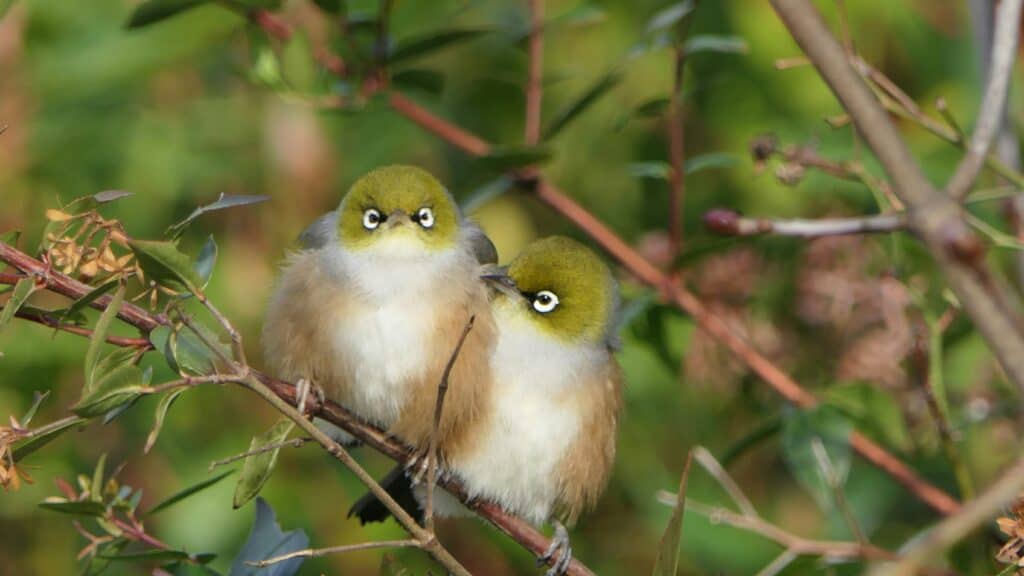
Tips for Setting Up and Maintaining Feeders
Creating a welcoming and efficient bird feeding station involves more than just selecting the right seed. The feeder itself and its placement play a critical role in ensuring that birds have a safe and accessible food source.
Choosing the Right Feeder
Different birdseeds are best served in specific types of feeders. For example, nyjer seeds require a feeder with small ports to prevent the tiny seeds from spilling out, while larger seeds like sunflower varieties work well in tube or platform feeders. Ground feeders or shallow tray feeders are ideal for millet and other seeds preferred by ground-foraging birds.
Selecting a feeder that is easy to clean and maintain is equally important. A feeder that is designed with the type of seed in mind not only helps reduce waste but also ensures that the food remains fresh and free from contaminants. Over time, you might experiment with a combination of feeder types to see which arrangement best attracts and accommodates the birds in your yard.
Feeder Placement
Where you place your feeders can have a big impact on how often birds visit. Look for locations that offer birds a clear view of their surroundings and easy escape routes from potential predators. Placing feeders near trees or shrubs can provide natural perches and cover, yet it’s wise to avoid placing them too close to windows to prevent collisions.
Experiment with different spots in your yard to find the optimal locations. A mix of feeder types spread across various positions can create a dynamic and inviting bird feeding station that caters to different species and their unique habits.
Maintenance and Cleaning
Regular maintenance of your bird feeders is vital to prevent the spread of disease among visiting birds. Clean your feeders with warm, soapy water at least once every few weeks, and more often during colder months when birds tend to cluster. Thorough cleaning ensures that old seed residue, droppings, and mold do not build up, which helps keep your bird feeding area safe and hygienic.
Establishing a cleaning routine not only protects the health of your birds but also prolongs the life of your feeders. A little extra effort in maintenance can make a big difference in the overall success of your bird feeding station.
Managing Unwanted Visitors
While your goal is to attract wild birds, you may also encounter unwelcome visitors such as squirrels or other small critters. There are several strategies to help manage these interruptions. Consider investing in squirrel-proof feeders or installing baffles above and below your feeders to deter climbing animals.
Additionally, offering seeds like safflower, which are less appealing to squirrels, can help keep these pests at bay. By taking proactive steps to manage unwanted visitors, you can ensure that your feeders remain a haven for birds and continue to provide a reliable food source.
How to Read Birdseed Packaging and Labels
Understanding birdseed packaging is an important skill for any bird enthusiast. Most packages provide key details about the seed’s nutritional content, including fat, protein, and vitamin levels, which are essential for determining if the seed meets the dietary needs of your local birds.
Pay attention to expiration dates and storage recommendations. Seeds that have been exposed to moisture or improper storage conditions may clump or spoil, reducing their nutritional value and potentially harming the birds that consume them. By carefully reading labels and following storage guidelines, you can ensure that your feeders are always stocked with fresh, high-quality seed.
Choosing the right birdseed is a crucial step in creating a healthy and inviting bird feeding station. By understanding the unique qualities of various seeds—from the energy-packed black oil sunflower seeds and the robust white sunflower seeds to the delicate nyjer, versatile safflower, nourishing millet, and hearty peanuts—you can tailor your offerings to attract the birds you want to see.
We hope this guide has provided you with valuable insights and practical tips to enhance your bird feeding experience. By experimenting with different seed types and feeder arrangements, you can enjoy a vibrant and diverse array of birds right in your own backyard. Happy bird feeding!
Additional Resources
If you’re interested in learning more about bird nutrition and backyard bird feeding, check out these helpful resources:
- Audubon Society – In-depth guides and bird conservation tips.
- Bird Watching Daily – Practical advice on bird identification and feeding strategies.
- All About Birds – Comprehensive information on bird species and their behaviors.
For more tips on creating a bird-friendly environment, feel free to explore our other posts:
